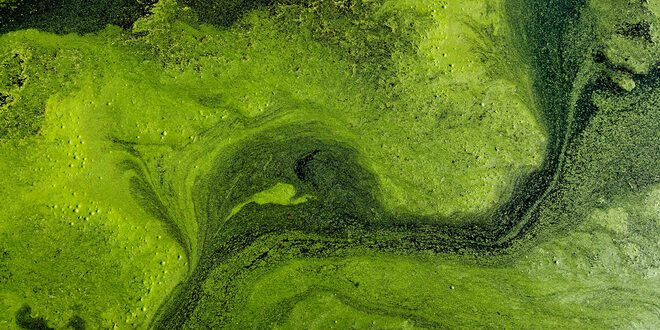The State Water Resources Control Board and Santa Ana Regional Water Quality Control Board are urging recreational water users and dog owners to avoid water contact until further notice while visiting Mallard Lagoon and the eastern end of Big Bear Lake at Stanfield Cutoff due to a harmful algal bloom (HAB).
Water contact with algal material and discolored water should be avoided across the lake. HABs appear as bright to dull-green material near the water surface or floating, sometimes resembling spilled paint.
Toxins that can cause illness in people and animals were detected in the water near the shore on the western side of Stanfield Cutoff and near the shore at Mallard Lagoon. HABs were also detected at Boulder Bay and North Shore Landing.
The recommendation is for people and their dogs to stay out of the water and avoid contact with floating algal material and scum in the water or along the shore at Mallard Lagoon and Stanfield Cutoff. Fish caught at the lake near Mallard Lagoon should not be consumed until this advisory is lifted. Fillets from fish caught at other locations around the lake can be consumed. This recommendation is based on the potential health risks posed by the algal organisms called cyanobacteria and the level of toxins measured in water samples collected in July.
As the bloom continues to grow, cyanobacteria may form thick algal mats or scum on the water surface and accumulate on the shore. Bloom conditions in the lake can change rapidly, as the flow of surface water and wind may mix, move, or concentrate the bloom into different areas of the lake. The bloom is being monitored by the Santa Ana Regional Water Quality Control Board and partner organizations to inform users when the bloom dissipates.
 California Water News Daily Your Source For Water News in California
California Water News Daily Your Source For Water News in California


